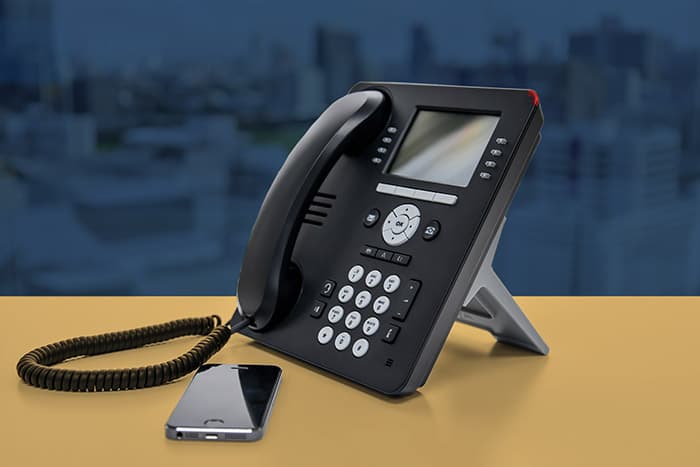Both interactive voice response (IVR) and automatic call distribution (ACD) can help your business deal with high call volume more effectively. Both automated systems can direct callers to the right employee and also ensure a proper distribution of calls. You must understand the differences between IVR and ACD in order to choose the right solution for your business.
Read on for a detailed comparison of IVR and ACD.
IVR Versus ACD: Definitions
Interactive voice response and automatic call distribution are telephony automation tools that facilitate efficient call management. Both IVR and ACD can answer calls, distribute calls, and assist the callers. Both systems also provide assistance to employees and agents to help boost productivity.
Let’s discuss how these systems work and how they differ from each other.

How Does IVR Work?
Many businesses use IVR to streamline their business calls and facilitate effective call management. Interactive voice response is a voice menu that automatically answers incoming calls and assists callers. More specifically, an IVR welcomes the caller and offers menu options to identify the purpose of their call. For example, Welcome to [company name], Press 1 for Customer Support, Press 2 for Sales, and so on.
Callers select the option by either entering a number through the dial pad. Then, the IVR directs them to another set of options or transfers them to the right department or agent. In fact, some advanced IVR menus may even allow callers to complete predetermined actions such as:
- Activate a service or account
- Process payments
- Send callers to voicemail
- Record a complaint
- Provide company and product info
The IVR system ensures that callers reach the right department or can resolve issues by themselves. In fact, some callers may not even need to interact with an agent or employee. This frees employees up to work on more complicated issues and concerns. It can also help businesses save money on hiring staff as customers can resolve most issues on their own through the voice response system. Lastly, advanced IVR systems can even record and deliver real-time stats needed for tracking and studying important KPIs.
What is ACD?
ACD works similarly to IVR. However, automatic call distribution routes calls to the right agent or department based on pre-determined rules. These rules can be based on a variety of parameters such as area code or location of the call, the time the call comes in, skills required, and so on.
An ACD distributes calls based on rules input by the account manager. These rules and conditions determine how the calls will be routed. Some common routing strategies include:
- Round robin: Distributes calls equally among agents so no one is over- or under-burdened.
- Least-occupied agent: Sends calls to the least-occupied agent to ensure everyone is putting in the same amount of work.
- Simultaneous ring: Routes incoming calls to simultaneously ring multiple phone numbers within a hunt group to ensure no call goes unanswered.
- Programmed distribution: Routes calls based on specific rules such as location of caller, time of call, customer-agent history, language skills, etc.
IVR versus ACD: Difference
The terms IVR and ACD have often been used interchangeably as if they are the same systems. However, they are not. More specifically, IVR is a part of ACD and can conduct a variety of tasks within the system. So, how do they differ?
| Interactive Voice Response | Automatic Call Distribution |
| This technology allows users to receive information from the phone system. Users need to input preferences. | This technology automatically routes calls to employees, agents, or departments based on predetermined rules. |
| Upon receiving a call, the IVR provides the caller with options and menus. | Upon receiving a call, the ACD system uses the Dialed Number (DNIS) system to check the rules for processing the call. |
| This system can perform a variety of application functions such as activating services, customer info look-up, etc. | The IVR system works within the ACD system. |
| Interaction with employees is not needed. | If interaction with an employee is needed, then the ACD kicks in to transfer the call to the right employee. |
| Offered by phone service providers as well as virtual phone service providers. | Offered by phone service providers as well as virtual phone service providers. |
| Available as a hosted service as well. | Available as a hosted service as well. |
Which Do You Need?
More than their differences, IVR and ACD systems complement each other. Together, both systems can provide a robust business phone solution. They can help you manage calls and high call traffic while ensuring you do not lose valuable clients. After all, a well-managed phone system can help you provide prompt and efficient customer service. A cloud or virtual call center software can help you utilize both IVR and ACD within your office phone system. Call us today to learn how you can use a cloud IVR system to offer better customer service!

